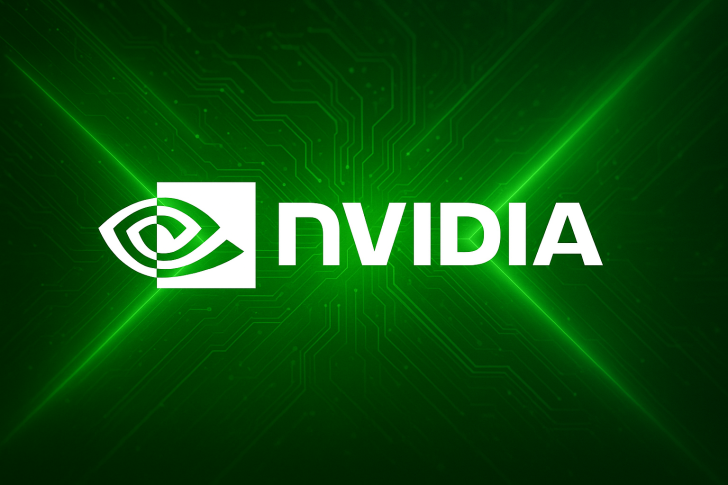According to industry reports, Nvidia could account for 19–21% of TSMC's total revenue in 2025. What's particularly striking is that the company already controls nearly half of TSMC's advanced CoWoS packaging capacity. The numbers tell a clear story: artificial intelligence is rewriting the rules of the chip business.
AI Demand Fuels Nvidia's Growth
The semiconductor landscape is undergoing a dramatic shift. Recent analysis by Dan Nystedt suggests Nvidia may soon overtake Apple as Taiwan Semiconductor Manufacturing Company's biggest revenue source, driven by explosive demand for AI processors. This potential transition marks more than just a change in customer rankings—it signals a fundamental transformation in what's powering the tech industry's future.
Apple has been TSMC's anchor client for years, ordering cutting-edge processors for iPhones, iPads, and Macs. But Nvidia's demand trajectory has been different—faster, more aggressive, and less predictable. The company's H100 AI accelerators and upcoming Blackwell chips have become essential infrastructure for data centers worldwide. Hyperscalers and governments alike are scrambling to secure supply, creating a buying frenzy that outpaces traditional consumer product cycles. The takeaway is straightforward: smartphones built the semiconductor industry's modern era, but AI is defining its next chapter.
TSMC's Critical Role
TSMC isn't just making chips—it's enabling the infrastructure that makes modern AI possible. The company's Chip-on-Wafer-on-Substrate (CoWoS) packaging technology has become essential for AI workloads that demand extreme parallelism and data throughput. Nvidia has essentially locked down half of this capacity, a testament to both its market dominance and TSMC's willingness to bet on AI's long-term trajectory. For TSMC, this shift brings welcome diversification away from smartphone-driven revenue, which tends to follow more predictable but also more limited growth patterns.
Apple remains vital to TSMC's business, particularly as it adopts 3nm technology and prepares for 2nm nodes in future devices. But there's a key difference in demand patterns. Apple's orders follow annual product refresh cycles—predictable, steady, but ultimately constrained by consumer upgrade rates. Nvidia's orders, by contrast, are driven by the chaotic, rapidly expanding world of AI deployment, where capacity is constantly chasing demand. It's not that Apple's business is shrinking; it's that AI's growth is simply on a different scale.
 Artem Voloskovets
Artem Voloskovets

 Artem Voloskovets
Artem Voloskovets


